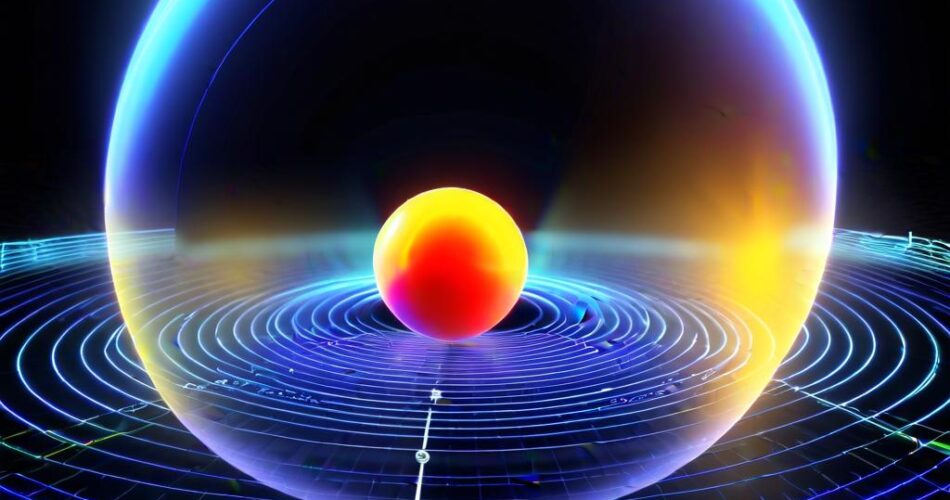Predicting the trajectory of a ball, seemingly a simple task, is a problem that has fascinated scientists and engineers for centuries. From the arc of a thrown baseball to the flight of a golf ball, accurately predicting its path involves a complex interplay of physical forces and environmental factors. While a simplified model suffices for introductory physics problems, accurate prediction in real-world scenarios requires sophisticated computational techniques.
The fundamental principles governing a ball’s trajectory are rooted in classical mechanics. Gravity exerts a constant downward force, causing the ball to accelerate towards the Earth. The initial velocity, both magnitude and direction, imparted to the ball determines its initial path. Air resistance, however, introduces significant complexity. This force, proportional to the ball’s velocity and cross-sectional area, opposes the ball’s motion and is dependent on the air density and the ball’s surface characteristics. The Magnus effect, a consequence of the ball’s spin, further complicates matters. A spinning ball generates a pressure difference on either side, resulting in a sideways force that curves its path.
For simpler scenarios, ignoring air resistance and the Magnus effect allows for a relatively straightforward prediction using basic kinematic equations. These equations, derived from Newton’s laws of motion, calculate the ball’s position at any given time based on its initial velocity and the acceleration due to gravity. This model works well for projectiles in a vacuum or for situations where air resistance is negligible, such as a ball thrown over a short distance at low speed. However, in most real-world situations, these simplifications are inadequate.
To account for air resistance, more sophisticated models are needed. The drag force is often modeled using a quadratic relationship with velocity, reflecting the dependence on the square of the speed. This introduces non-linearity into the equations, making analytical solutions difficult or impossible. Numerical methods, such as Euler’s method or Runge-Kutta methods, are employed to approximate the trajectory by iteratively calculating the ball’s position and velocity at small time intervals. These methods require computational power, but they provide significantly more accurate predictions, particularly for high-speed projectiles or those traveling over longer distances.
Incorporating the Magnus effect adds another layer of complexity. This effect is modeled by considering the ball’s spin and its interaction with the surrounding air. The resulting force is perpendicular to both the ball’s velocity and its spin axis, causing the ball to curve. Accurate modeling requires detailed knowledge of the ball’s spin rate and orientation, which can be challenging to measure accurately. Computational fluid dynamics (CFD) simulations, which solve the Navier-Stokes equations governing fluid flow, are often employed to simulate the airflow around the spinning ball and calculate the resulting Magnus force. These simulations, however, are computationally intensive and require significant processing power.
The ultimate accuracy of a trajectory prediction depends on the accuracy of the input parameters and the sophistication of the model used. Factors such as wind speed and direction, variations in air density, and even the ball’s surface roughness can significantly influence the trajectory. Advanced models often incorporate these factors, utilizing weather data and detailed ball characteristics to improve prediction accuracy. The development of increasingly powerful computers and more sophisticated algorithms continues to enhance our ability to predict ball trajectories, with applications ranging from sports analytics to aerospace engineering. The seemingly simple act of throwing a ball reveals a rich tapestry of physical phenomena, demanding ever-more refined models to unravel its complexities.
